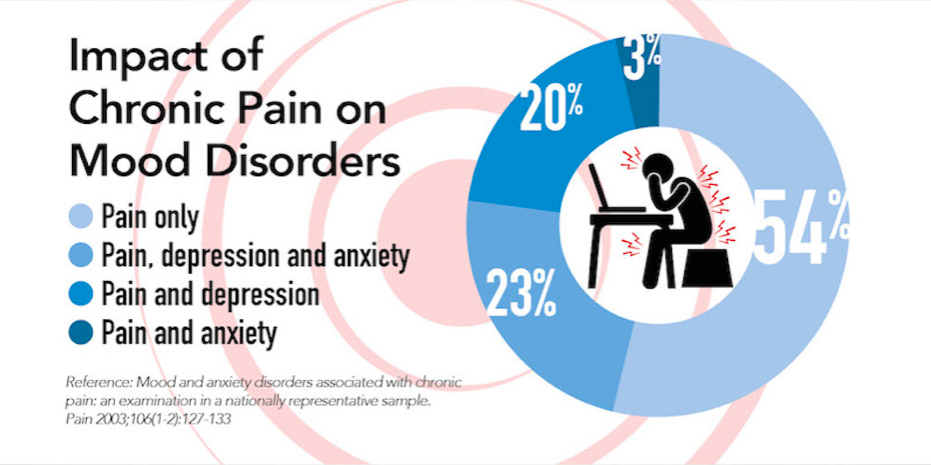In part 1 of our blog post on skills to cope with chronic pain, we talked about the skills of understanding, acceptance and calming. In this post we are discussing the fourth skill – balancing.

THE FOURTH SKILL: Balancing
You need to create a balanced and sustainable lifestyle, which will require some tools. Patients with pain who describe themselves as being successful in managing their pain all report that they have developed a pattern of living that works for them, but they also report being adaptable to episodes of pain.
Pacing
Pacing involves learning not to overdo activities. That is about doing a little bit at a time, not overdoing it, but staying busy. A balancing act. You want to be able to build slowly on how much you can do without having set-backs where subsequent days are spent in bed or having major pain flare- ups. Slow and steady wins the race. This can be tricky to start with. Be realistic about your abilities, even on the ‘good’ days don’t push yourself too far as you know you will pay the price tomorrow.
Sleep
This can be difficult as anxiety and pain can prevent you from sleeping, however sleep is the time when your body heals and recovers. It is also essential to better cope with emotions once rested. Many pain patients feel guilty about sleeping as they already feel they are not productive enough in the day. Sleep requires assertiveness (say no to helping do something and rather have a short rest), time management (an afternoon rest must be monitored, set an alarm for 1 hour), and goal setting (activity and rest must be balanced). If you have overdone it during the day, being unable to spend family time together in the evening can be upsetting – you have to structure rest periods into your day in order to cope.
Time Management
Keeping an activity diary will help you figure out quite quickly what is too much and where you can do more. Time management is essential to plan your week to ensure your work or tasks are done but that you still have enough energy left to enjoy some quality time and fun with family or friends. It allows you to consider breaking up larger tasks into a bunch of smaller ones spread over the day or even week, ensuring you don’t overdo it and have a set-back. Knowing how much you can do each day of the week and weekends, planning in afternoon naps, knowing when you have meetings or appointments, dinner dates to attend or wanting to join friends for a morning walk will allow you to adjust your schedule so you know you can cope day after day. Know your limits and learn to ‘say no’ if necessary. Use a simple activity tracker to help you monitor your day.
Goal Setting
Having goals will help you plan your day and activities to ensure you reach a daily goal. You can have short term goals to aim for over a matter of weeks or longer term goals to strive towards in the coming months. A short term goal may be wanting to plant the flower beds for spring, or being able to take the dog for a 20 minute walk. Using a pacing strategy you can build up to this slowly over time. The increments that you improve daily may be small and hard to recall, especially on the bad days, but over time staying focused on a goal gives you direction and purpose. Keeping a daily diary of your pain and activity will help you stay the course and achieve those goals.

